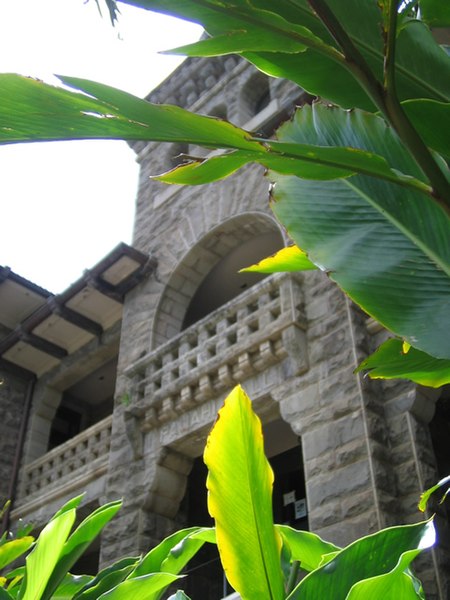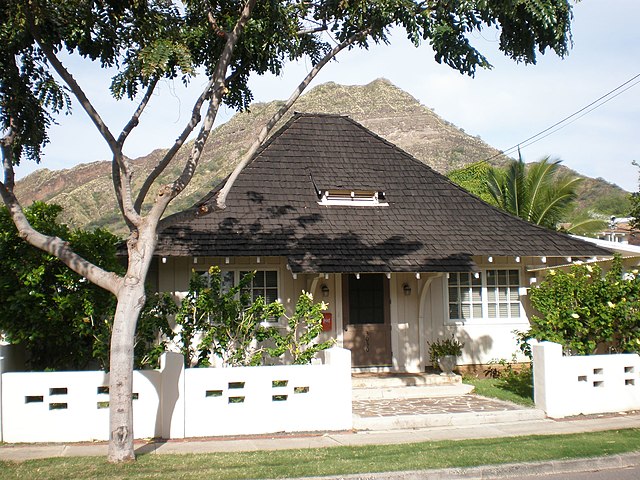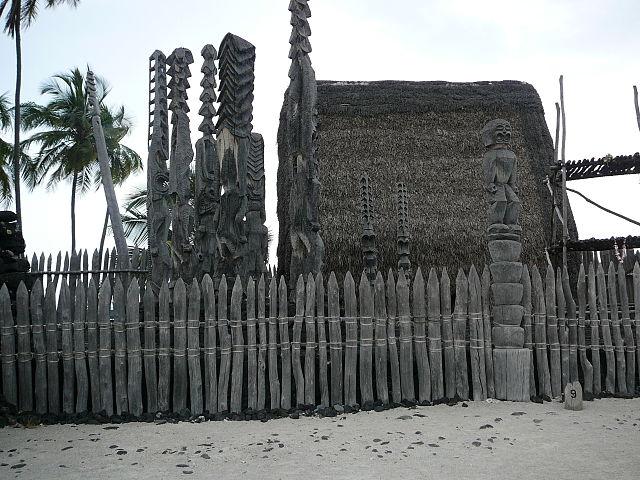Charles William “C.W.” Dickey was an American architect famous for developing a distinctive style of Hawaiian architecture, including the double-pitched Dickey roof. He was known not only for designing some of the most famous buildings in Hawaiʻi—such as the Alexander & Baldwin Building, Halekulani Hotel, Kamehameha Schools campus buildings—but also for influencing a cadre of notable successors, including Hart Wood, Cyril Lemmon, Douglas Freeth, Roy Kelley, and Vladimir Ossipoff.
Pauahi Hall, 1894–96
Bishop Estate Building, 1896 (with Ripley)
C.W. Dickey House, 1926
Alexander & Baldwin Building, 1926-29 (with Wood)
Hawaiian architecture is a distinctive architectural style developed and employed primarily in the Hawaiian Islands. Though based on imported Western styles, unique Hawaiian traits make Hawaiian architecture stand alone against other styles. Hawaiian architecture reflects the history of the islands from antiquity through the kingdom era, from its territorial years to statehood and beyond.
Opened in 1901, the Moana Hotel is a model for contemporary Hawaiian architectural design
Hale O Keawe
More recent larger hale in Puʻuhonua o Hōnaunau National Historical Park, the Big Island of Hawaii
One of the houses in the mission houses museum, Honolulu.








